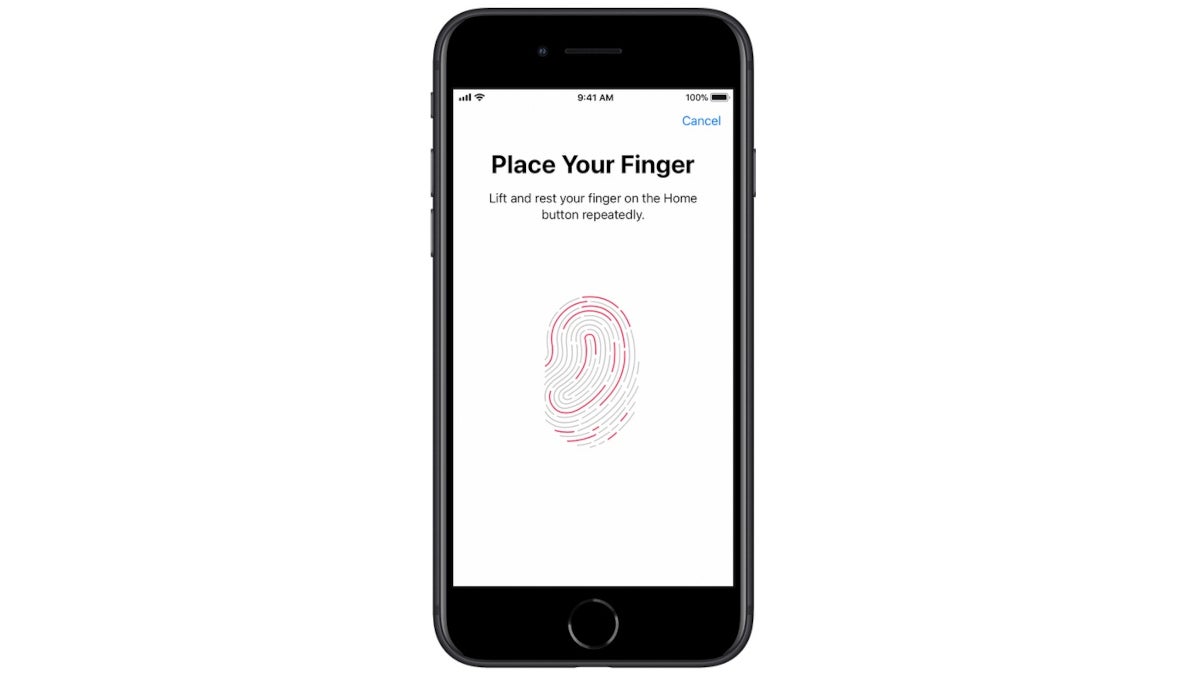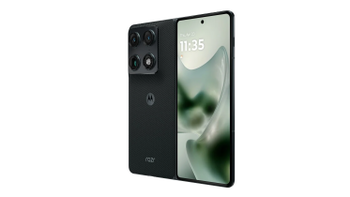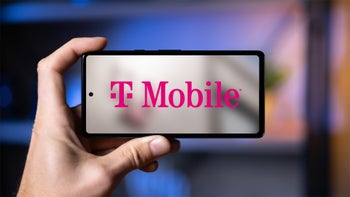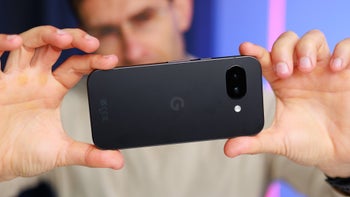Apple's rumored move spells the end of Touch ID on the iPhone as we know it

The rumored iPhone SE 4 is supposed to use the design language of the iPhone 14 allowing it to be the first "budget" version of the iPhone to use Face ID instead of Touch ID. A self-proclaimed Integrated Circuit expert posted on Weibo (via Wccftech) that Apple has shut down production of the chips used for its iPhone fingerprint authentication feature. While Touch ID is still used on some iPad models, it will no longer be found on the iPhone, at least in the manner that you are used to.
There has been talk about Apple moving Face ID and the TrueDepth Camera under the screen and highly accurate tipster Ross Yong, the founder and CEO of Display Supply Chain Consultants (DSCC), expects Apple to introduce Face ID under the screen with the 2025 iPhone 17 Pro series. Apple could also continue to look into moving Touch ID under the display as well. After all, many Android phones already offer an under-display fingerprint sensor.

Arrow shows Touch ID on the first-generation iPhone SE
Whether Apple decides to move only Face ID under the display or offer both Face ID and Touch ID under the glass, it seems that the memory of pressing the home button to unlock an iPhone will remain just a memory. Apple's purchase of Authentec in 2012 for $356 million led to the debut of Touch ID on the iPhone 5s home button in 2013. While there had been other phones with fingerprint scanners such as the Motorola Atrix in 2011, Touch ID was the first reliable fingerprint scanner to be used on a phone, and its reliability allowed manufacturers to make fingerprint scanners a regular feature on smartphones.
But the launch of the TrueDepth Camera in 2017 with the iPhone X meant that facial recognition could be as secure as using a fingerprint scanner and could be used to verify Apple Pay transactions and more. And even though there had been talk of offering both Face ID and Touch ID on the iPhone, if the post on Weibo is correct, the only way this is going to happen is if both are placed under the display.
If Apple is no longer making the chips it needed to include Touch ID on the iPhone, we can assume that eventually, the iPad models that use Touch ID today will join the iPad Pro and feature Face ID. The only question is whether there will be an under-display version of Touch ID as well.
Follow us on Google News













Things that are NOT allowed:
To help keep our community safe and free from spam, we apply temporary limits to newly created accounts: